Why did I choose this woman to be my alter ego? Well, she was kind of an unconventional lady for the era she was born in. And I love that, I mean what’s so special about always following the rules and stuff like that? She made her own way through life despite the shortcoming of her not-so-noble birth, although this was more than compensated with her striking beauty. Her father, Henry Lyon, was a blacksmith (not too glamorous) and died when she was 2 months old; her mother Mary brought her up at Hawarden but without any formal education. Not much is know about her early years, but at age twelve se was working as a maid for the Budd family in Chatham Place, where she met another maid called Jane Powell, an aspiring actress. Inspired by Jane’s enthusiasm for the theatre, Emma started work at the Drury Lane theater in Covent Garden, as a maid to various actresses.
Still only fifteen years old, Emma met Sir Harry Featherstonhaugh, who hired her for several months as hostess and entertainer at a lengthy stag party at Sir Harry’s Uppark country estate in the South Downs; and obviously it wasn’t long before Sir Harry noticed how handsome she was (probably the only reason why she was ever hired in the first place), and took her as his mistress. One of the many guests at Sir Harry’s house was the Honourable Charles Greville, son of the Earl of Warwick, with whom she became friends.
In 1781 she conceived a child by Sir Harry, and he was furious at the unwanted pregnancy but is thought to have accommodated Emma in one of his many houses in London. Emma gave up on Sir Harry: probably at this time she had formed a romantic attachment to Greville. He was closer to her in age, and she might have believed that he was able to marry her. Emma became Greville’s mistress. When the child (Emma Carew) was born, she was removed to be raised by a Mr and Mrs Blackburn.
Emma was at Greville’s mercy and acceded to his request to change her name to “Emma Hart”. Greville kept Emma in a house at Edgeware Row, but he was in love with her and, wanting a painting of her, sent her to sit for his friend, the painter George Romney. He painted many of his most famous portraits of Emma at this time. Indeed, Romney maintained a lifelong obsession with her, making her his muse. Through the popularity of Romney’s work and particularly of his striking-looking young model, Emma became well known in society circles, under the name of “Emma Hart”. She learned quickly and was elegant, witty and intelligent.
At this point in her life she had had enough adventures an experiences for two lifetimes, but the people around her made sure to keep it interesting. In 1783, Greville needed to find a rich wife to replenish his finances (in the form of eighteen-year-old heiress Henrietta Middleton). Emma would be a problem, as he disliked being known as her lover (this having become apparent to all through her fame in Romney’s artworks), and his prospective wife would not accept him as a suitor if he lived openly with Emma Hart. Men are men, and when the time came to choose between the woman he loved and money, he chose the latter. In a rather maquiavellic plan, Greville persuaded his uncle, Sir William Hamilton, British Envoy to Naples, to take her off his hands. Greville’s marriage would be useful to Sir William, as it relieved him of having Greville as a poor relation. it was a win-win situation for all three parties, except for Emma. However, the fact that he even cared to find her a “position” elsewhere shows that he genuinely cared for her.
To promote his plan, Greville suggested to Sir William that Emma would make a very pleasing mistress, assuring him that, once married to Henrietta Middleton, he would come and fetch Emma back. Emma’s famous beauty was by then well-known to Sir William, so much so that he even agreed to pay the expenses for her journey to ensure her speedy arrival. He was interested in her, as a great collector of antiquities and beautiful objects, and that was how he first viewed Emma. He had long been a happily married man, now in his mid-fifties, and he liked female companionship very much. His home in Naples was well known all over the world for hospitality and refinement. He needed a hostess for his salon, and from what he knew about Emma, she would be the perfect choice.
Greville did not inform Emma of his plan, instead suggesting the trip as a prolonged holiday in Naples while he (Greville) was away in Scotland on business. Emma was thus sent to Naples, supposedly for six to eight months, little realising that she was going as the mistress of her host. She became furious when she realized what Greville had planned for her. Pretty natural reaction, I’d say, but all things considered I think deep down she was glad he didn’t just dump her into the street. Sir William was smitten with Emma and, to Greville’s shock, married her on 6 September 1791 at Saint Mary-le-bone, Middlesex, England; she was twenty-six and he was sixty. Marriage gave her the title Lady Hamilton.
Here comes the part of her life she is most know for: as wife of the British Envoy, Emma welcomed Nelson in 1793, when he came to gather reinforcements against the French. Nelson returned to Naples five years later, on 22 September 1798 a living legend, after his victory at the Battle of the Nile. However, Nelson’s adventures had prematurely aged him: he had lost an arm and most of his teeth, and was afflicted by coughing spells. Emma reportedly flung herself upon him in admiration, calling out, “Oh God, is it possible?”, as she fainted against him. Nelson wrote effusively of Emma to his increasingly estranged wife, Lady Nelson. Emma and Sir William escorted Nelson to their home – the Palazzo Sessa. Emma nursed Nelson under her husband’s roof, and arranged a party with 1,800 guests to celebrate his 40th birthday. They soon fell in love and their affair seems to have been tolerated, and perhaps even encouraged, by the elderly Sir William, who showed nothing but admiration and respect for Nelson, and vice-versa. Emma Hamilton and Horatio Nelson were by now the two most famous Britons in the world. They were not only in love with each other, but admired each other to the point of adulation. They were, so to speak, also in love with both their own fame, and that of their lover.
She would later add political advisor to her already impressive résumé (she just keeps giving me reasons to love her!). Emma had become not only a close personal friend of Queen Maria Carolina (sister of the French Queen, Marie Antoinette), but had developed into an important political influence and advised the Queen on how to react to the threats from the French Revolution.
Nelson arrived in Britain later in 1800 to a hero’s welcome, accompanied by Sir William and Lady Hamilton. The three then lived together openly, and the affair became public knowledge, which eventually induced the Admiralty to send Nelson back to sea, if only to get him away from Emma. Nelson perhaps had the idea that he could divorce his wife only after a decisive victory. Sir William also remained an obstacle. In fact the two lovers, who both loved and respected Hamilton, had to wait for his death to even contemplate marriage. Emma would not even consider the possibility of divorce. That would taint her for life, and, even worse, taint Nelson.
Emma gave birth to Nelson’s daughter Horatia, on 31 January 1801 at Sir William’s rented home in London. By the autumn of the same year, Nelson bought Merton Place, and this particular ménage à trois that fascinated the public was taken up once again. The newspapers reported on their every move, looking to Emma to set fashions in dress, home decoration and even dinner party menus. But Emma’s great days were over. She had become fat, and Nelson did not like the social life she craved. She had turned down the offer from the Royal Opera in Madrid to sing for money. Now she and Nelson tried to create a new, quieter life.
Sir William died in 1803 and Nelson returned to sea soon after to fight against Napoleon, leaving Emma pregnant with their second child. She was desperately lonely, preoccupied with attempting to turn Merton Place into the grand home Nelson desired, and frantic for his return. The child, a girl, died a few weeks after her birth in early 1804. Emma reportedly distracted herself by gambling, and spending lavishly. Now she was free to marry Nelson, if he could only obtain a divorce.
On 21 October 1805, Nelson’s fleet defeated a joint Franco-Spanish naval force at the Battle of Trafalgar. But Emma’s luck had run dry: Nelson was fatally wounded during the battle, and died shortly afterwards. Emma quickly exhausted the small pension Sir William had left her and fell deeply into debt. Nelson had willed his estate to his brother; he gave Merton Place to Emma, but she depleted her finances by trying to keep it up as a monument to him. In spite of Nelson’s status as a national hero, the instructions he left to the government to provide for Emma and Horatia were ignored. They showered honours on Nelson’s brother instead.
Emma spent a year in a virtual debtor’s prison, in the company of Horatia, before moving to France to try to escape her creditors. Turning to drink, living in poverty in Calais, she died in January 1815 of amoebic dysentery — an illness she probably contracted during her years in Naples.
There are, however quite a lot of details that are missing about her life. Why? Mainly, because I haven’t been able to get my hands on a copy of her biography by Flora Fraser, the reason being that I don’t own a credit card (but that lovely detail is source material for another post).
Quite amazing, isn’t it? A life so full of experiences and travels, the tale of a woman who wasn’t afraid to speak her mind and make a life for herself, since nobody was going to provide it for her. She ignored her humble origins and against all hope, managed to be SOMEONE.



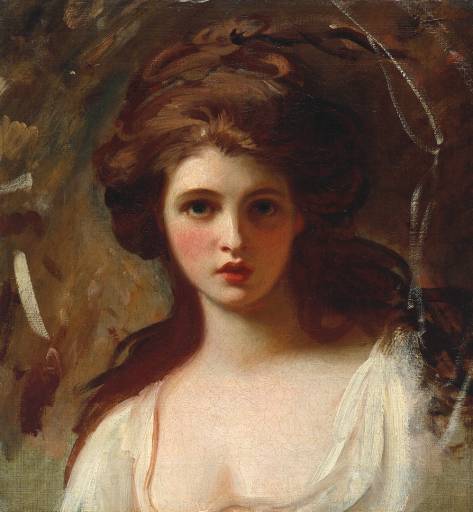


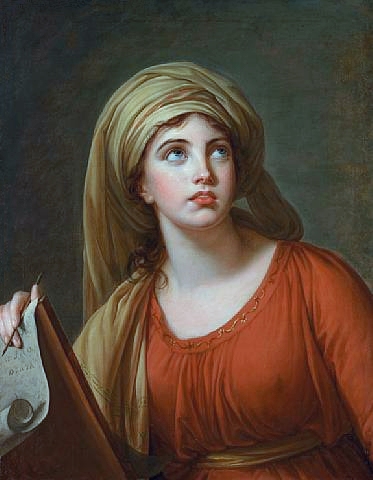
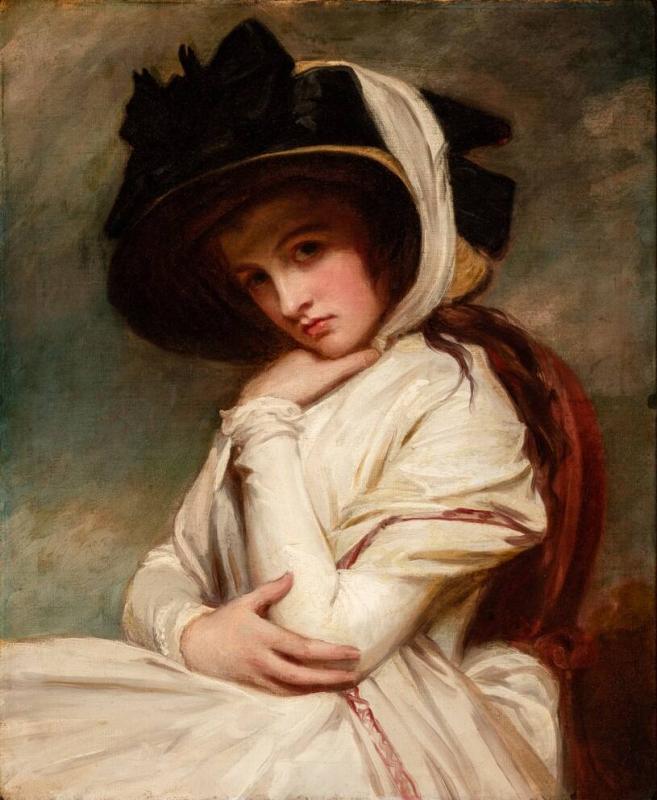
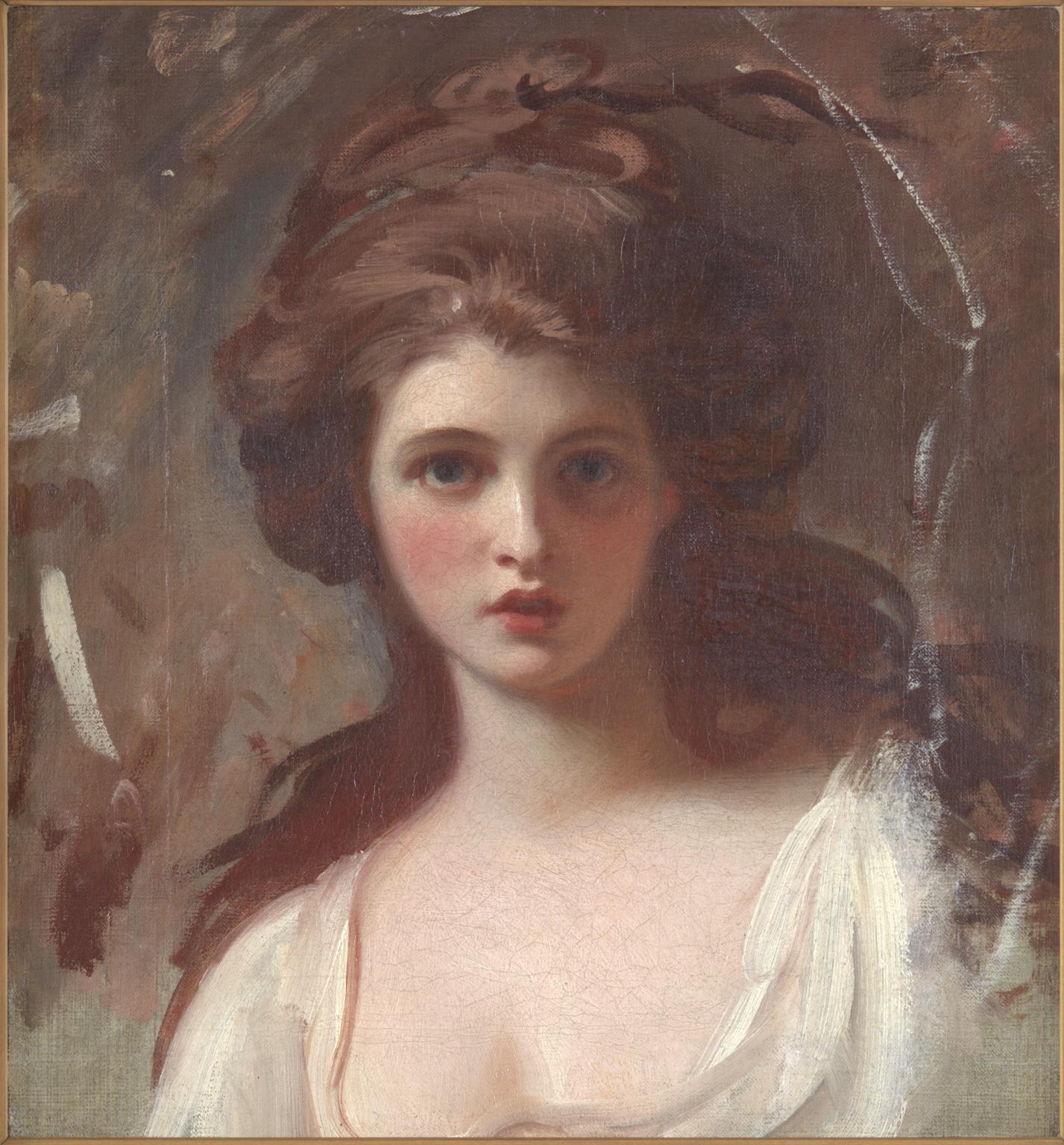
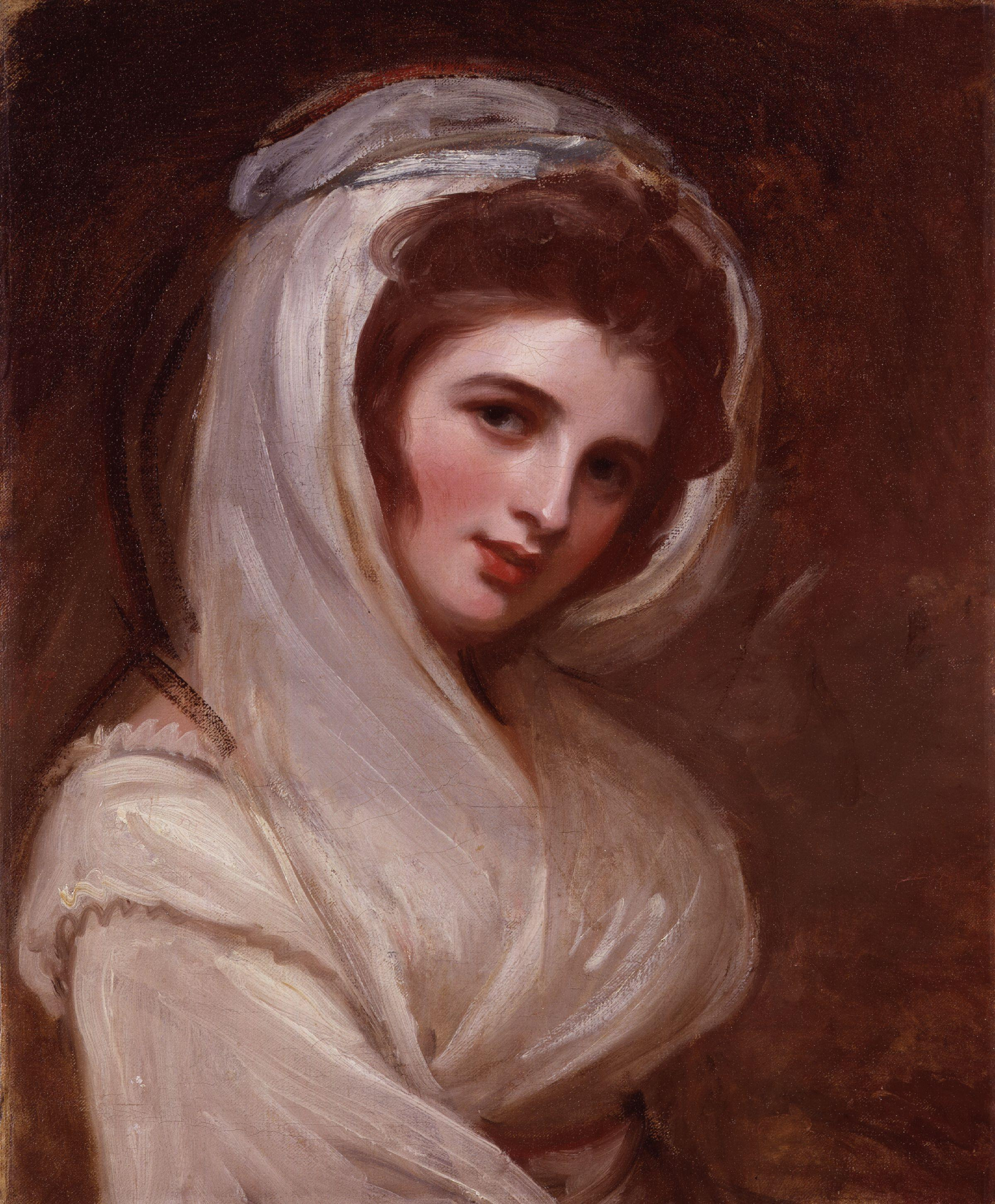




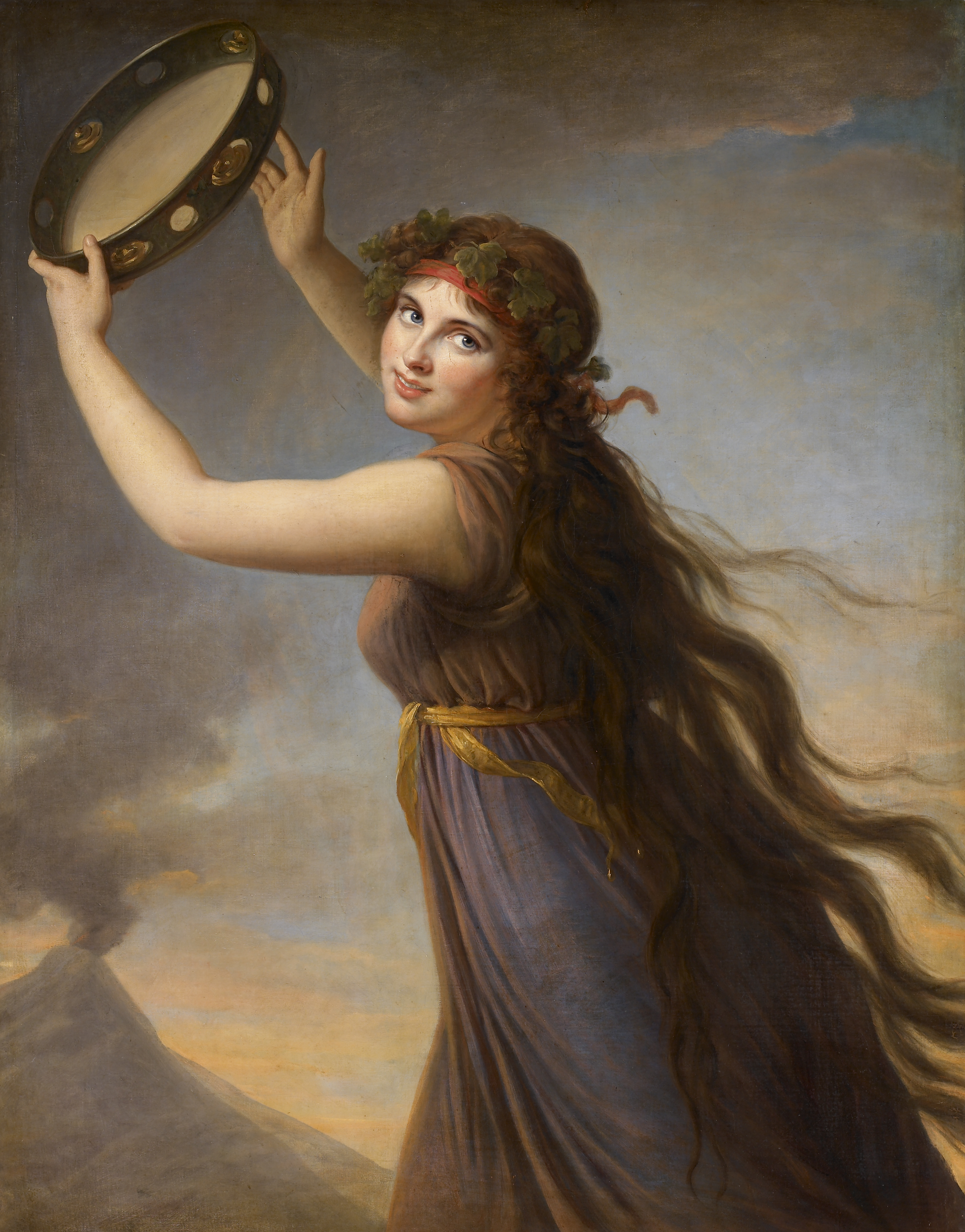
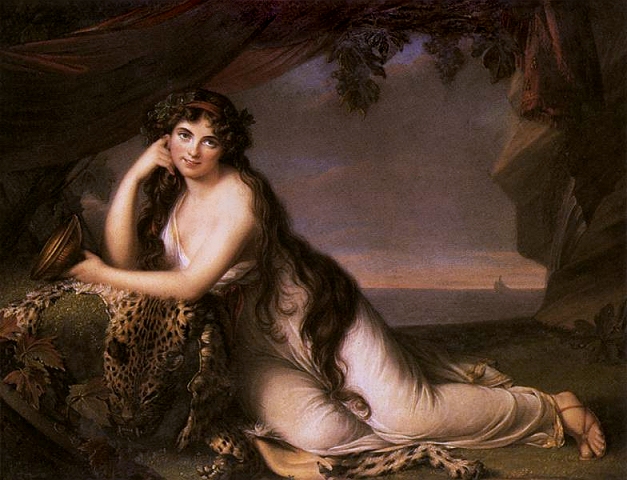
Have you read my novel TOO GREAT A LADY (written under the pen name Amanda Elyot) about Emma?
I’m afraid I haven’t, but I’d love to! I’m writing my novel about her too, she’s just perfect novel material.